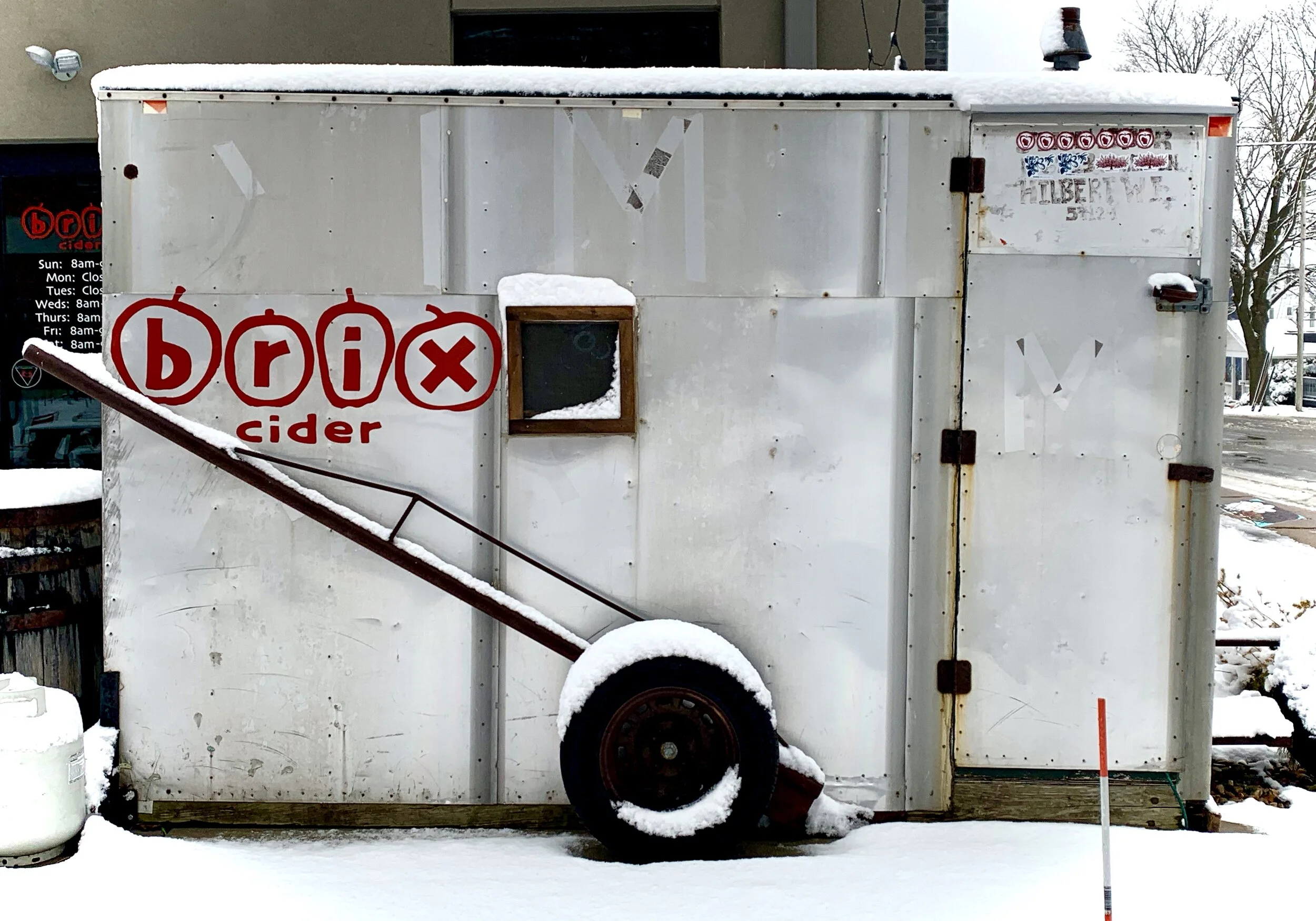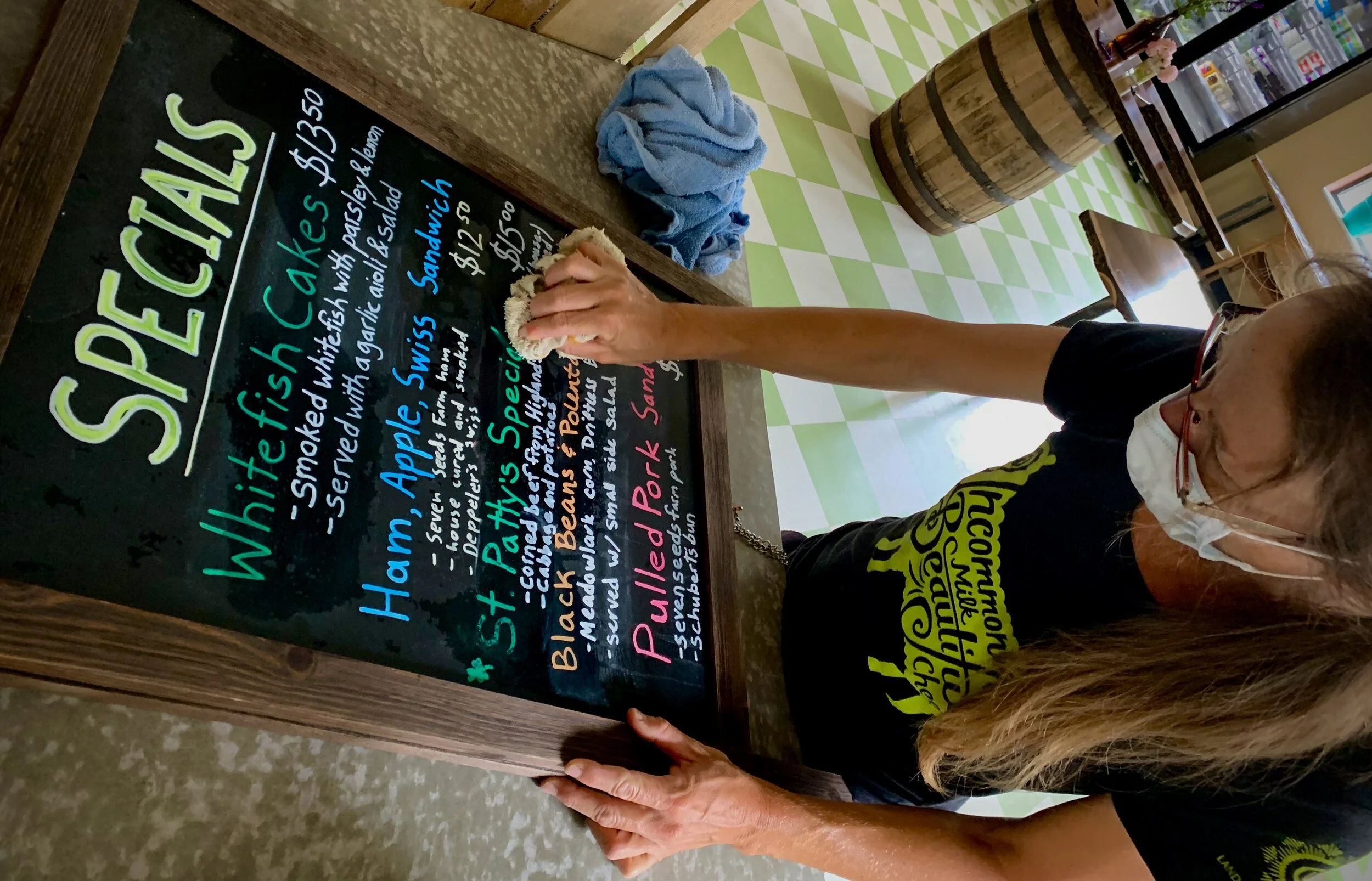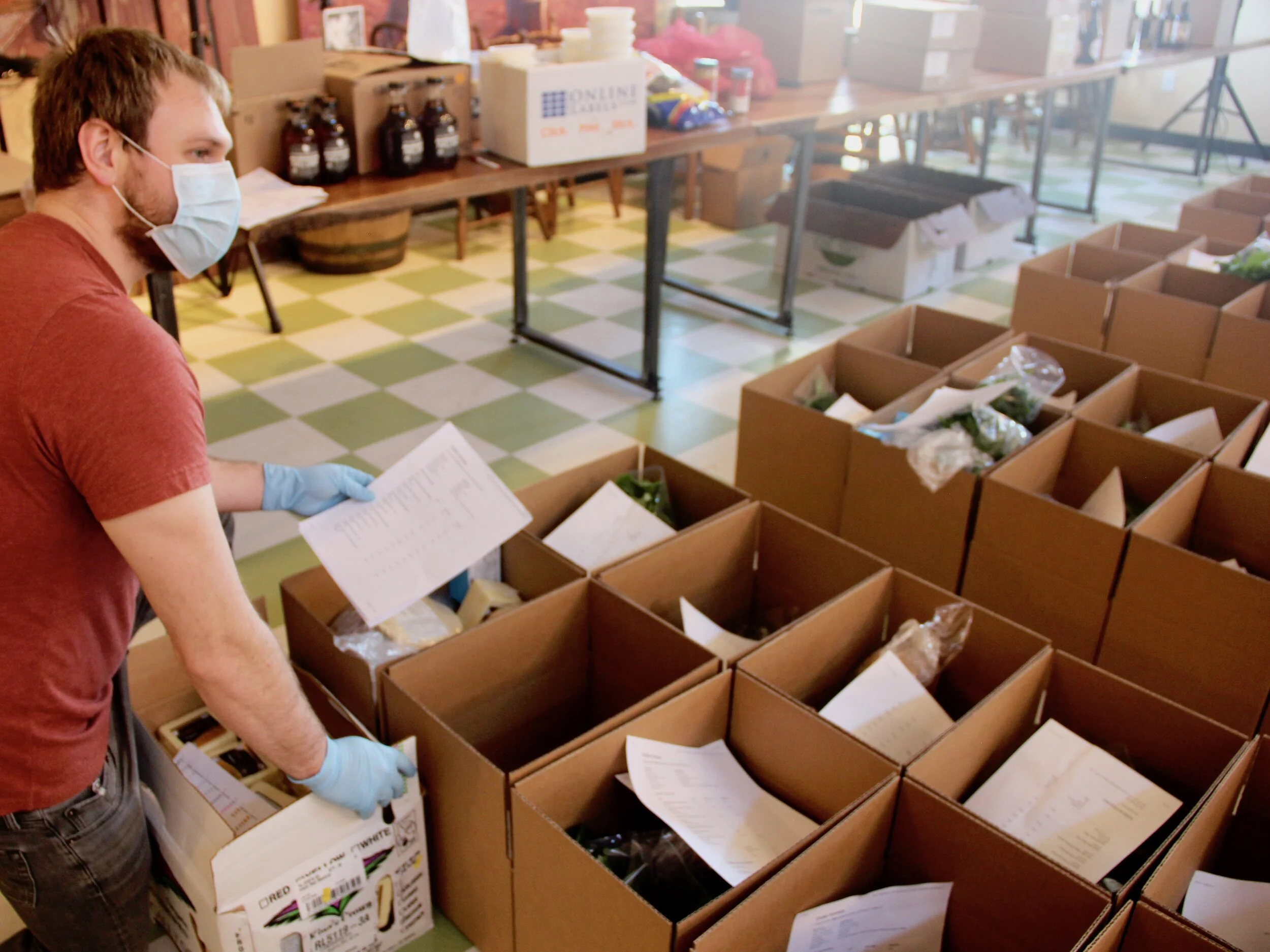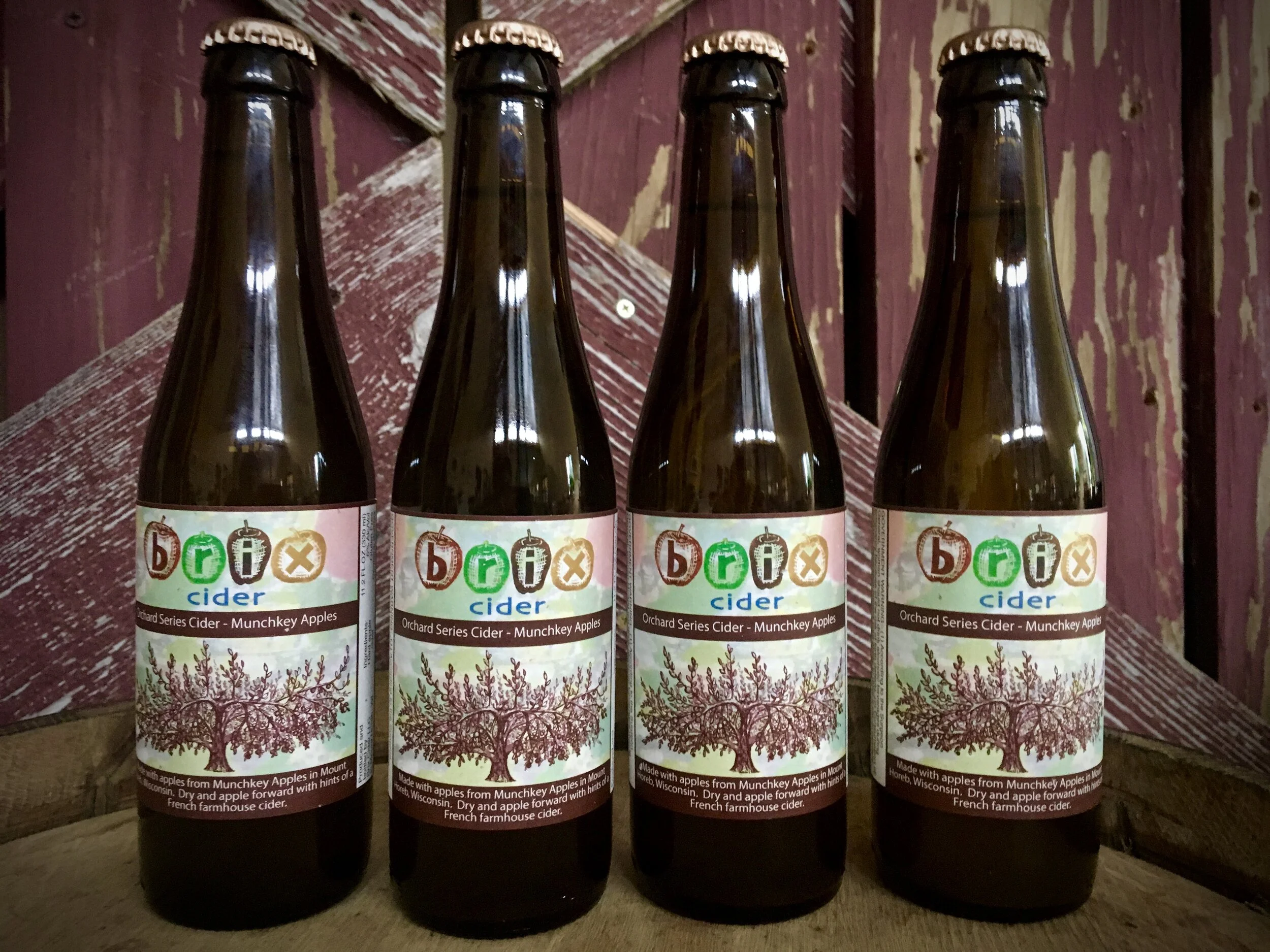Winners and Losers in the Stimulus Package for Restaurants
It appears that we are going to survive COVID as a restaurant. We’re happy for that. Our accountant recently helped us clean up our books from 2020, and when all was said and done, we basically broke even.
When we heard of a new stimulus package coming down the pipeline, we weren’t really expecting much for us since we’re still on our feet. Also, we can sympathize with restaurants whose businesses were crushed in 2020, and we’re happy to see some help on the way for them.
That said, when we learned about the metrics for calculating how much different restaurants will receive in their stimulus checks, we felt a little miffed. It’s honestly pretty disappointing that with billions of dollars at stake and tens of thousands of restaurants in the mix, no one could think of a better approach.
The calculation they chose is pretty simple. Restaurants can subtract their 2020 revenue (i.e. gross sales) from their 2019 revenue, and they can get a grant to cover the difference between 2019 and 2020. That sounds simple, nice, and generous, but if we examine it a little more closely, we see that it actually creates a distorted system of winners and losers.
Let’s look at a hypothetical example. Let’s say that there was a restaurant that in 2019 had a revenue of about $500,000 (just like us) and costs of about $500,000 (just like us) such that they were a typical breakeven type of restaurant. Let’s then say that in 2020 they were among the restaurants fighting to do business as usual (like many members of the Tavern League). They ignored mask mandates and social distancing, and in all likelihood, they were hotspots for spreading COVID in their communities. In this hypothetical example, let’s say they did take a big hit in sales, maybe getting only $250,000 in sales in 2020, just from diners being less likely to go out. With that decrease in sales, they had a decrease in ingredient costs (typically close to a third of overall costs), and they likely cut back on staff to save personnel costs (typically more than a third of overall costs). If they were lucky they may have gotten a break on rent from their landlord. For this example, let’s say that they were able to bring their costs down to $300,000 (which seems realistic). That would have been a tough year as they would have come out $50,000 in the hole. I’m sure there is a lot of variability from one restaurant to another, but for the sake of example, this seems reasonably representative of a lot of restaurants out there.
With the current stimulus, this hypothetical restaurant stands to do incredibly well. Based on their 2019 and 2020 sales respectively, they should expect a stimulus payment of $250,000. After factoring in the $50,000 loss, they stand to come away from 2020 with a profit of $200,000. For a restaurant business of this size, a $200,000 profit would be huge.
On the other hand, look at our business as a comparable example. In 2019 our revenue was about $500,000 and our costs were also about $500,000, putting us on par with the hypothetical example. In 2020, however, we busted our butts to do things differently, to keep people safe, to keep our employees employed, to keep writing checks to our farmers, and to keep providing a valuable service to our community. Doing things differently costs money, and even if you have some revenue coming in, it’s hard to make a profit on a new business venture. In the end, we had about $600,000 in revenue in 2020, but our costs were right around $600,000 as well.
With the current stimulus, we don’t stand to get anything, so we’ll end up still at a break even. Like we said, we don’t really expect anything, but when we see a comparable restaurant that did nothing to respond to COVID getting a $250,000 check that puts them at a net profit of $200,000 while we get nothing, we’re not particularly happy. That $250,000 gives them a distinct competitive advantage over us going forward as they will have much more liquidity and much more potential to invest than we do after breaking even. Essentially, they did all the wrong things, and now they have a leg over us.
Of course, there will always be winners and losers with a big stimulus program, and I realize that it can be difficult to target everyone perfectly. That said, I think the choice of difference in revenue was an easily avoidable blunder. Switching the metric to a change in profit would have been more fair. I would be much less upset about seeing the hypothetical example restaurant described above getting something to help cover the $50,000 loss than I feel about them getting $250,000 without any costs attached.
We’re Democrats ourselves (and we are grateful to have Trump gone), but we’re disappointed that a blunt, poorly targeted stimulus for restaurants that arbitrarily creates winners and losers is the best our party could put together.
In the end, we have to hope that everything we have done has won over enough customers to keep them coming back, with or without a stimulus check.































